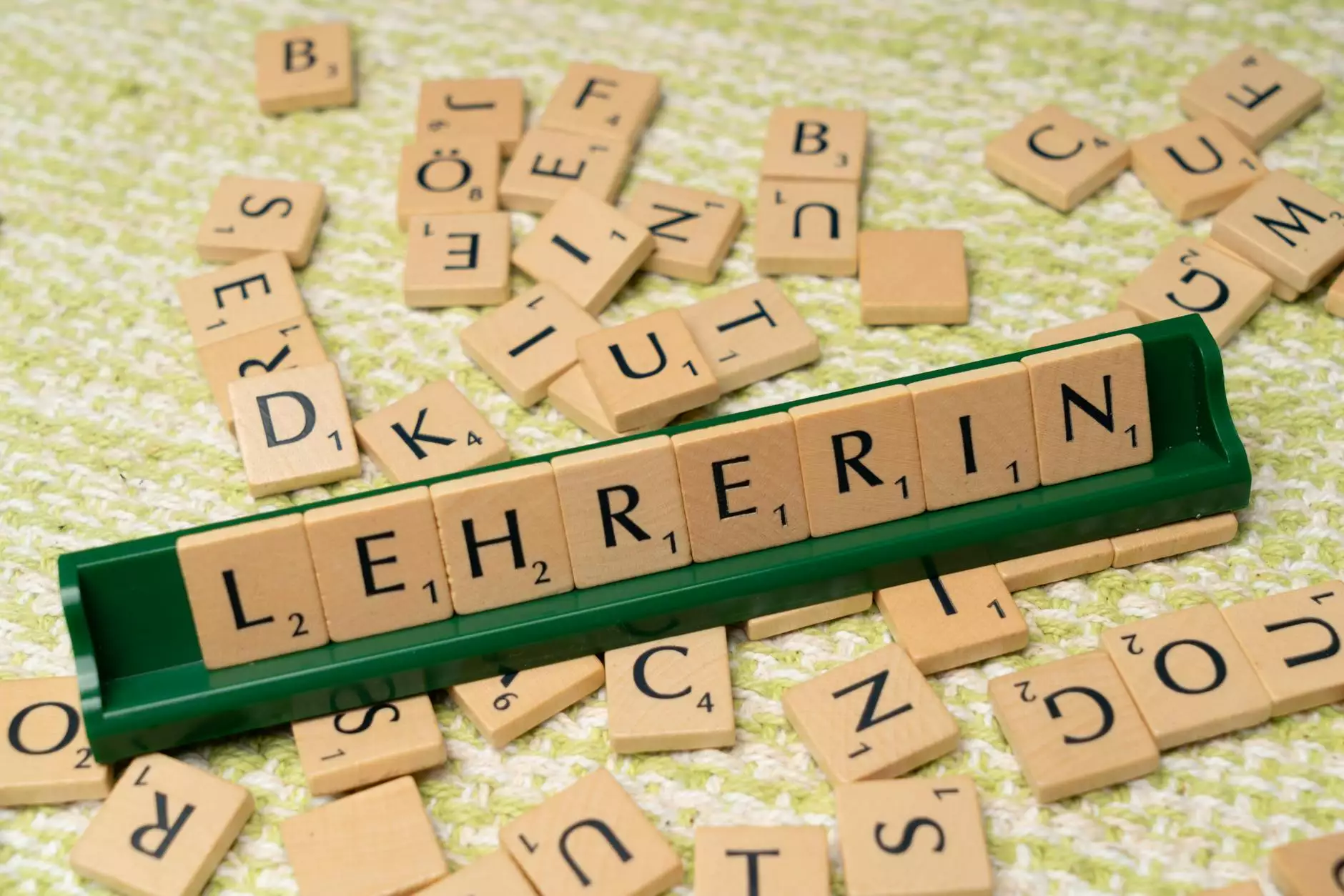Countable and Uncountable Nouns – Part 1: The Basic Idea and Spelling Rules
English Grammar Lessons
Welcome to NJCLT's comprehensive guide on countable and uncountable nouns! In this English lesson, we will delve into the fundamental concepts and spelling rules associated with these important components of the English language.
Understanding Countable and Uncountable Nouns
Countable and uncountable nouns are two significant categories that define the way we talk about objects, ideas, and substances. Countable nouns refer to things that can be counted or quantified, whereas uncountable nouns are substances or concepts that cannot be counted individually.
It is crucial to distinguish between countable and uncountable nouns because they influence when to use the correct articles, determine whether a plural form is valid, and establish the appropriate verb agreement.
Countable Nouns: The Basics
Countable nouns include objects, people, animals, or any entities that can be counted numerically. For example, "a cat," "three books," or "five cars" are countable nouns. They have singular and plural forms and can be quantified with specific numbers.
One essential rule to remember is that countable nouns can be used with an indefinite article (a/an) in the singular form but require a definite article (the) or no article in the plural form. For instance, you would say, "I saw a bird" (singular) but "I saw birds" (plural).
Uncountable Nouns: The Basics
Uncountable nouns, on the other hand, are substances or abstract concepts that cannot be counted individually. Examples include "water," "music," or "love." These nouns are often used to describe masses, qualities, or collective ideas rather than specific units.
It is important to note that uncountable nouns do not have a plural form, and they are typically used without an article or with specific quantifiers such as "some," "much," or "a little." For instance, you would say, "I need some advice" (uncountable) but not "advices."
Spelling Rules for Countable and Uncountable Nouns
In addition to understanding the basic concept of countable and uncountable nouns, it is important to be familiar with the common spelling rules associated with these words.
Spelling Rules for Countable Nouns
- Most countable nouns follow the regular rules for forming their plural forms, such as adding "-s" or "-es" at the end of the word. For example, "book" becomes "books," and "box" becomes "boxes."
- Some countable nouns undergo changes in their spelling when forming the plural. Common examples include words that end in "-y," which change the "-y" to "-ies." For instance, "baby" becomes "babies" and "city" becomes "cities."
- Irregular countable nouns have unique spelling changes when forming the plural. These words do not follow a specific pattern and must be memorized. Examples of irregular countable nouns include "man" (men), "child" (children), and "tooth" (teeth).
Spelling Rules for Uncountable Nouns
- Uncountable nouns do not have a plural form and are used in the singular form only.
- Spelling changes are not applicable for uncountable nouns, as they represent abstract ideas or substances that do not have specific units for counting.
Using Countable and Uncountable Nouns in Context
Now that we have covered the basic idea and spelling rules of countable and uncountable nouns, it is crucial to understand how to use them correctly in different contexts.
Countable and Uncountable Nouns in Everyday Conversations
In everyday conversations, countable and uncountable nouns play a vital role in expressing thoughts, describing situations, and conveying information. Understanding when and how to use these nouns appropriately will enhance your effectiveness in communication.
For example, when discussing food, countable nouns like "apples" or "bananas" can represent individual items, while uncountable nouns like "milk" or "bread" represent substances or qualities. This distinction is essential in conversations or written expressions to maintain clarity and accuracy.
Using Countable and Uncountable Nouns in Writing
When writing, the correct usage of countable and uncountable nouns is crucial for creating accurate and coherent content. Precise selection and usage of nouns can greatly impact the clarity and effectiveness of your writing.
Furthermore, understanding countable and uncountable nouns allows you to utilize appropriate articles, pronouns, and verb agreement, resulting in a more polished and professional writing style.
Final Thoughts
Countable and uncountable nouns are fundamental components of the English language, and acquiring a good grasp of their concepts and rules can significantly improve your language skills. In Part 1 of our comprehensive series, we have covered the basic idea, spelling rules, and contextual usage of countable and uncountable nouns.
At NJCLT, we are committed to providing valuable English lessons and resources to help learners like you excel in their language journey. Stay tuned for Part 2, where we will explore more advanced aspects of countable and uncountable nouns.
Thank you for choosing NJCLT as your trusted source for comprehensive English lessons. Happy learning!










